Table of Contents
The Punjab State Teacher Eligibility Test (PSTET) 2024 is an important exam for those who want to pursue a promising career in teaching. The test will be conducted by the Punjab School Education Board (PSEB) and will be held on 1 December 2024. This exam helps in assessing the candidate’s teaching aptitude for Classes I to V or Classes VI to VIII in schools. There are two parts to the exam: Paper I is for teaching kids in primary classes, and Paper II is for teaching kids in upper primary classes. Candidates should stay informed about the application process and key updates to ensure thorough preparation for this important examination.
PSTET Maths Question and Answer
Mathematics being an important subject in PSTET Examination 2024, plays a significant part in understanding and evaluating candidates’ aptitude skills. The candidates who may choose Maths as their primary subject should be on point while answering and explaining the mathematical concepts. Candidates should be proficient in basic content questions like Measurement, Numbers and Data Handling to pedagogical concepts like Diagnostic and Remedial Teaching.
Preparing for a subject like Mathematics needs sheer focus and practice. Attempting previous year’s question papers and mock tests can certainly help. And even help in assessing their progress, which they can use for improvement. Hence, employing PSTET Maths Question and Answer in daily practice will do the job.
PSTET Maths Quiz: Overview
As Mathematics holds 20% of the syllabus, preparing well for it can secure a significant and deciding proportion of the syllabus. Being a scoring subject, candidates have to be keen on practising rigorously as these 30 marks are in your hands by merely practising. Here is an easy overview of the exam:
| PSTET Exam Date 2024 | |
| Exam Name | Punjab State Teacher Eligibility Test (PSTET) |
| Conducting Body | Punjab School Education Board (PSEB) |
| Exam Level | State-level |
| Exam Frequency | Once in a year |
| Exam Mode | Conventional (pen and paper) |
| Exam Duration | Two and a half hours |
| Total Marks | 150 Marks (30 Marks dedicated to Maths Section) |
| Total Questions | 150 Questions (30 Questions dedicated to Maths Section) |
| Language | Bilingual ( English and Hindi) |
| Exam Purpose | To offer eligibility to teaching aspirants for Primary (classes I to V) and Upper Primary (classes VI to VIII) Sections in Government Schools in Punjab |
PSTET Maths Questions
Q1. Which of the following is true?
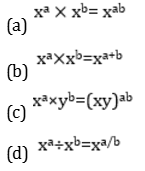
Q2. Value of (2.05+68.5—6.321+8.18-1.5) is :
(a) 0.52
(b) 61.13
(c) 70.909
(d) 71.911
Q3. Which of the following statements is not true?
(a) HCF and LCM of two numbers x and y can be respectively 28 and 84
(b) HCF and LCM of two numbers x and y can be respectively 1 and 105
(c) HCF and LCM of two numbers x and y can be respectively 150 and 900
(d) HCF and LCM of two numbers x and y can be respectively 16 and 196
Q4. What is the sum of the digits of the least number that must be added to 12500 to get a perfect square ?
(a) 5
(b) 6
(c) 7
(d) 8
Q5. Which of the following statements is true ?
(a) A number is irrational if it can be expressed in the form p/q, where p and q are integers, q≠0
(b) Sum of any two irrational numbers is sometimes a rational number and sometimes an irrational number
(c) Product of any two irrational numbers is always an irrational number
(d) The square of an irrational number is always a rational number
Q6.
(a) 1
(b) 2
(c) –4
(d) –6
Q7. A number when increased by 9 becomes 3 times half of the number. What is the number?
(a) 12
(b) 14
(c) 16
(d) 18
Q8. A sum of money doubles itself in 8 years at a certain rate of simple interest. In how many years will it become four times of itself at the same rate of simple interest ?
(a) 16
(b) 20
(c) 24
(d) 32
Q9. Renu was born when her mother was 30 years old. What is the present age (in years) of Renu if five years ago from now, her mother’s age was four times that of Renu?
(a) 15
(b) 16
(c) 18
(d) 20
Q10. A person takes 3 and 1/2 hours to cover a distance of 140 km. If he decreased his speed by 5 km/h, then what is the increase in time taken by him (in minutes) to cover the same distance ?
(a) 18
(b) 20
(c) 30
(d) 45
Q11. Which of the following angles cannot be drawn, using scale and compass only ?
(a) 15°
(b) 40°
(c) 105°
(d) 135°
Q12. If the measure of an exterior angle of a regular polygon is 45°, then the number of its sides
(a) 4
(b) 8
(c) 9
(d) 10
Q13. AB and CD are two line segments which intersect at point O, If ∠ OAC=60°,∠ OCA=70° and ∠OBD =90°, then ∠ODB is :
(a) 20°
(b) 30°
(c) 40°
(d) 60°
Q14. EF, E and V are respectively the number of faces, edges and vertices of a polyhedron. Then, which of the following is true ?
(a) F+E=V+2
(b) F+E-V=2
(c) F+V-E=2
(d) E+V=F+2
Q15. In ∆ABC, O is the mid-point of BC and OA =OB. If ∠OBA =54°, then ∠OCA is :
(a) 18°
(b) 30°
(c) 36°
(d) 72°
PSTET Maths Solutions
S1. Ans.(b)
S2. Ans.(c)
S3. Ans.(d)
S4. Ans.(d)
S5. Ans.(b)
S6. Ans.(d)
S7. Ans.(d)
S8. Ans.(c)
S9. Ans.(a)
S10. Ans.(c)
S11. Ans.(b)
S12. Ans.(b)
S13. Ans.(c)
S14. Ans.(c)
S15. Ans.(c)
Download the PSTET Maths Question & Answer PDF
Click the direct link in the table below to download the detailed PSTET Math Questions and Answers PDF. This important resource has 30 math questions and answers to help students get ready for the test. It covers math topics and teaching methods, making sure students are fully prepared.
| Download PSTET Maths Questions and Answers PDF | ||
| PDF File Name | In English | In Hindi |
| PSTET Paper II Maths Questions and Answers PDF | Click Here to Download | Click Here to Download (Updated Soon) |
| PSTET 2024 Important Links | |
| PSTET 2024 | PSTET Syllabus 2024 |
| PSTET Previous year Question Papers | PSTET Exam Date 2024 |
| PSTET Eligibility Criteria 2024 | PSTET Preparation Tips 2024 |
| PSTET Admit Card 2024 | |

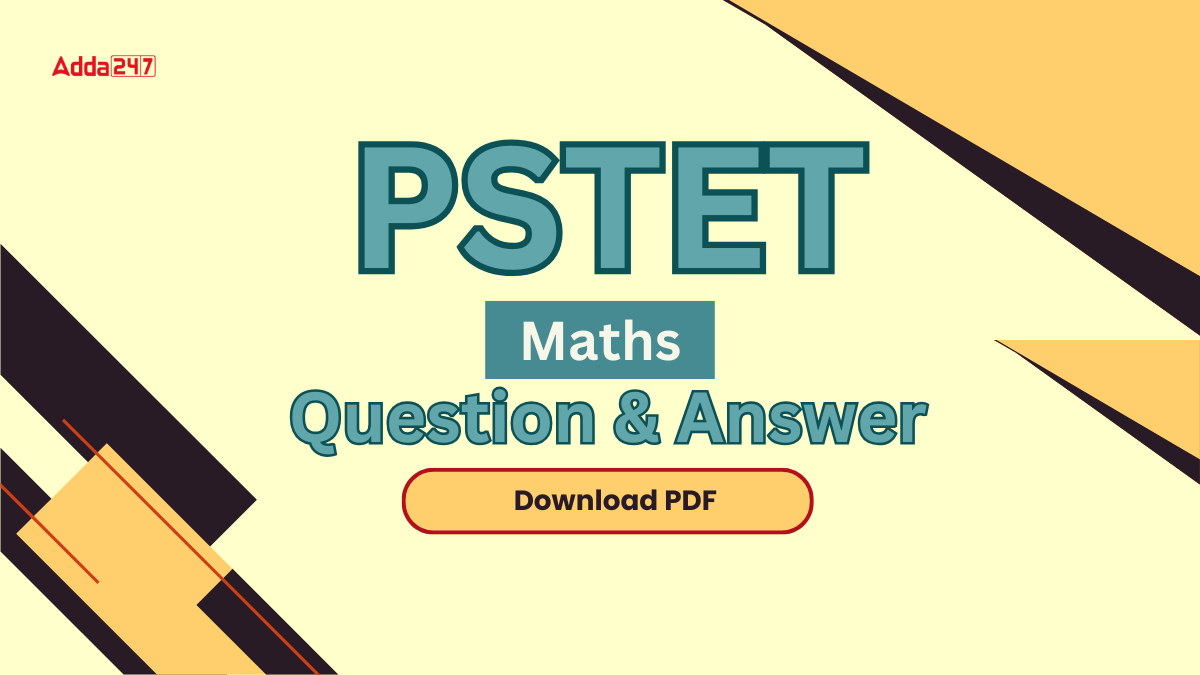
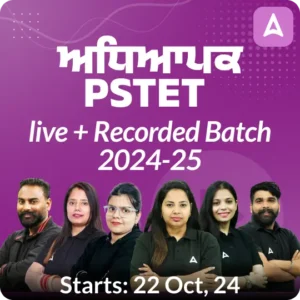

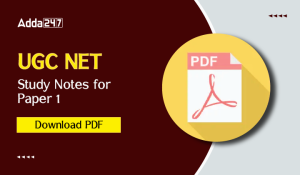 UGC NET Study Notes for Paper 1, Downloa...
UGC NET Study Notes for Paper 1, Downloa...
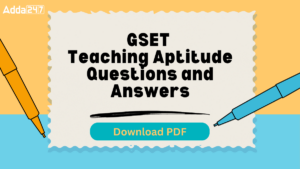 GSET Teaching Aptitude Questions and Ans...
GSET Teaching Aptitude Questions and Ans...
 समुद्र का पर्य�...
समुद्र का पर्य�...












